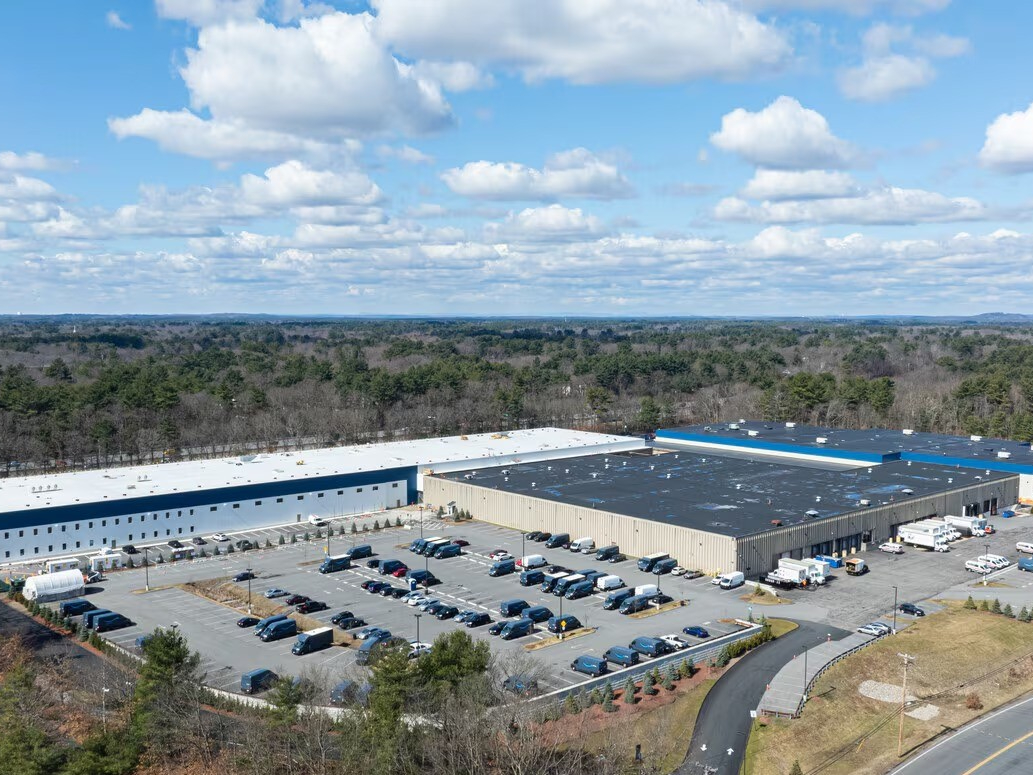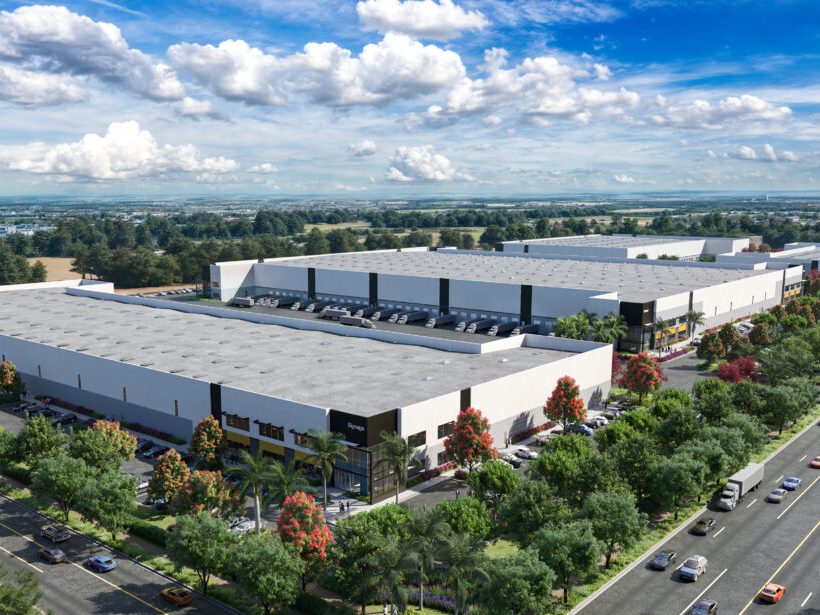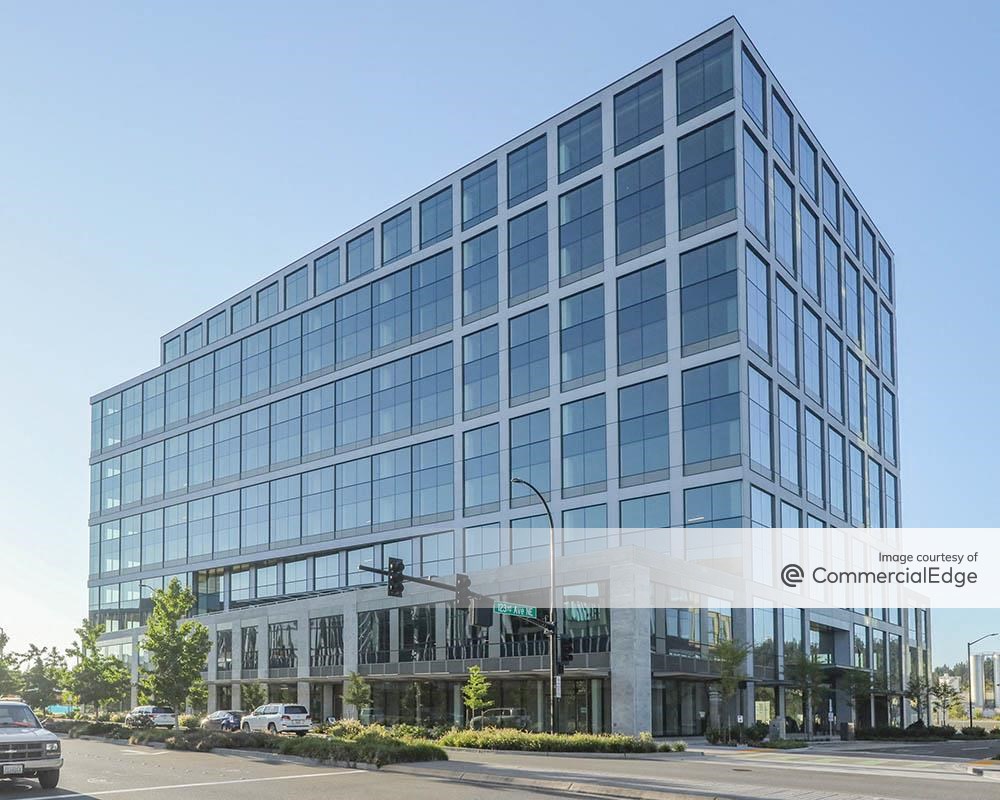5 Ways CRE Investors Can Get Recession-Ready
Nikita Zhitov of CityPlat on some do's and don'ts for the coming months.

Nikita Zhitov
Whenever pessimism dominates the U.S. economy, commercial real estate investors should be prepared to shift their positions. With inflation at 40-year highs, interest rates rising and monetary tightening underway, there seems to be a consensus that the nation is heading toward a financial downturn. While the likelihood of a global recession is not certain, commercial real estate professionals need to take the long view, meaning that in the short term, changes may be necessary to avoid ending up on the wrong side of the balance sheet.
Below are five ways that commercial real estate investors can prepare for the looming recession and protect their bottom line.
Keep decent liquidity
Cash will be king when banks freeze up on lending. This doesn’t necessarily mean keeping large amounts of cash on hand. Lines of credit should suffice. This way you keep your assets but also have access to cash when needed, helping you stay afloat and cover any cashflow shortfalls, while enabling you to take advantage of buying opportunities. One should remain mindful that when things get tough, some banks historically have chosen to shorten or outright close lines of credits if they perceive borrowers as high risk, even if the account has a zero balance or is otherwise fully performing and current. When setting such lines of credit secured by real estate, I recommend doing so with lenders with whom you have no other loans and avoiding those you typically use for traditional commercial lending. This will reduce the chances of your credit line getting frozen when you need it most.
De-leverage your portfolio
The No. 1 reason people lose assets and get wiped out during recessions is high leverage and not enough liquidity. If you have $100 in assets and $70 of debt (70 percent), I’d rather see you sell 50 percent of your assets and pay down your debt so you have $50 in assets but only $20 of debt (40 percent). Your equity position doesn’t change (it will still be $30), but during a downturn, I recommend keeping leverage to no more than 50 percent—ideally 30 precent to 40 percent. From past experience, it seems to be a magic number to avoid leveraged assets getting in trouble, in actuality or on paper, and therefore help you avoid lenders calling in covenant defaults, which will ultimately lead to the loss of an asset.
Refinance any upcoming or maturing debt
Make sure balloon payments on your debt are at least five, and ideally seven to 10 years out so you can weather the downturn. Your assets may go vacant and potentially into covenant default over the next five to seven years as the economy goes through recession and recovery. Ideally, you should refinance any debt with non-recourse debt and negotiate covenant default provisions upfront. Most lenders don’t want to own your properties, so having no personal guarantees on a loan will strengthen your negotiation position and improve your chances of reaching a workout agreement if you do get in trouble.
Avoid spec projects
Defer any major undertakings that will be capital intensive or that project an exit strategy over the next two to three years, or have debt otherwise maturing over the next four years. Remember, people lose even fully performing class A assets during recessions for no other reason other than banks freeze lending and owners are unable to refinance when the underlying debt matures. If you are in the middle of such projects, I recommend finishing them up as quickly as possible or consider putting them on hold. You don’t want to be scheduled to deliver a major ground-up construction project in the middle of a recession one to four years from now. With that said, I don’t believe we will see dramatic changes in the economy before December due to the upcoming elections, so you probably have time to get out while you can. But once the midterm elections are over, I think we’ll see a lot of blood in the water.
Avoid over-heated asset classes
I would avoid class C assets that have been recently glorified to become “institutional grade”—older industrial buildings with low interior ceilings, mobile home parks, and multifamily in tertiary markets. The new standard for industrial real estate to be considered class A is really 30-foot to 40-foot clear heights, and likely even higher in the future. Yet I’ve seen an unprecedented amount of 1970s industrial space with sheet metal siding and 13-foot to 18-foot ceilings packaged, marketed, and traded as class A at $300 per square foot, or otherwise below 5 percent and 4 percent caps. Same goes for office space with small wall-to-window ratios and lower ceilings.
I would also avoid bigger-box retail as consumers and retailers move to e-commerce. Instead, I would focus on recession-proof assets such as medical offices and flex/small-bay industrial that caters to service industries, and maybe some in-line, service-based retail or grocery-anchored centers.
Remember, the industrial, retail and office space worlds are changing. Be smart and be ready to change along with them.
Nikita Zhitov is the co-founder & CEO of CityPlat, LLC.







You must be logged in to post a comment.